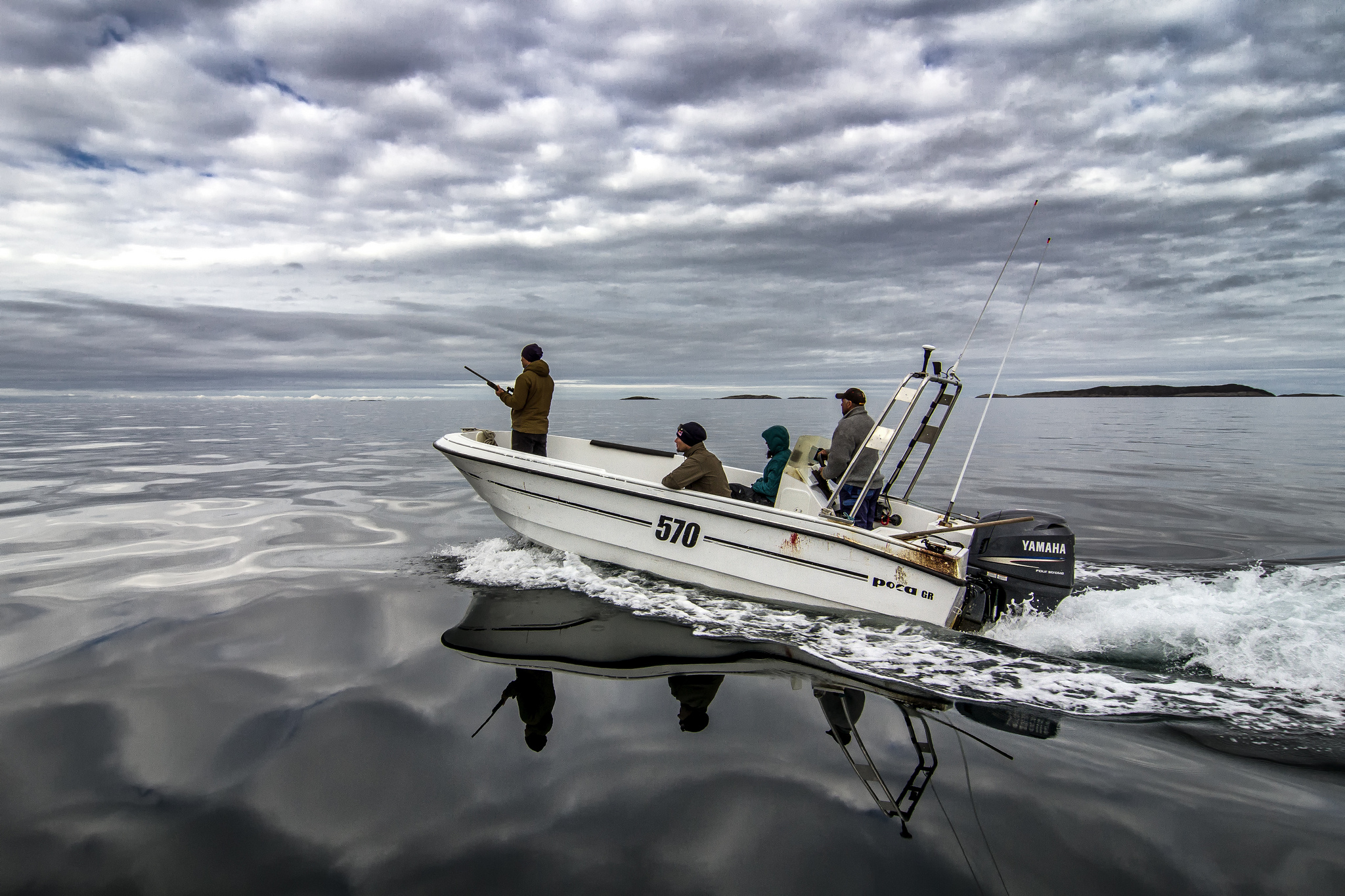What are wilderness areas for? Tourism and political ecologies of wilderness uses and management in the Anthropocene
What are wilderness areas for? Tourism and political ecologies of wilderness uses and management in the Anthropocene
This paper analyzes empirically how wilderness environments and their roles are seen in the context of new and traditional anthropogenic uses and meanings of wilderness areas.
Saarinen, J (2018). What are Wilderness Areas for? Tourism and Political Ecologies of Wilderness Uses and Management in the Anthropocene. Journal of Sustainable Tourism https://doi.org/10.1080/09669582.2018.1456543
In global imaginaries, wilderness areas are considered to represent the last parts of “original” nature, untouched by civilization and modernization. In most cases, this is misleading as wilderness environments have been exploited, explored and also converted into administrative units in various protected area networks. Indeed, most wilderness areas have been a part of human–environment interactions for a long time and they have been influenced and modified in that interaction. As a result, wilderness is constitutively a cultural and politically loaded idea. While the Western notion of wilderness as a place where “man himself is a visitor who doesn’t remain” represents the global hegemonic conservation thinking, it does not necessarily work with different local realities, meanings and use values of “the wild”. In addition, in recent decades, the tourism industry has placed an increasing interest on nature-based and adventure tourism products creating new kinds of ideas and use needs for the remaining wilderness environments. This paper analyzes empirically how wilderness environments and their roles are seen in the context of new and traditional anthropogenic uses and meanings of wilderness areas. More specifically, the paper uses a political ecology approach to evaluate the use and management priorities in the Finnish Wilderness system.
Photo: destination arctic circle/Flickr.




